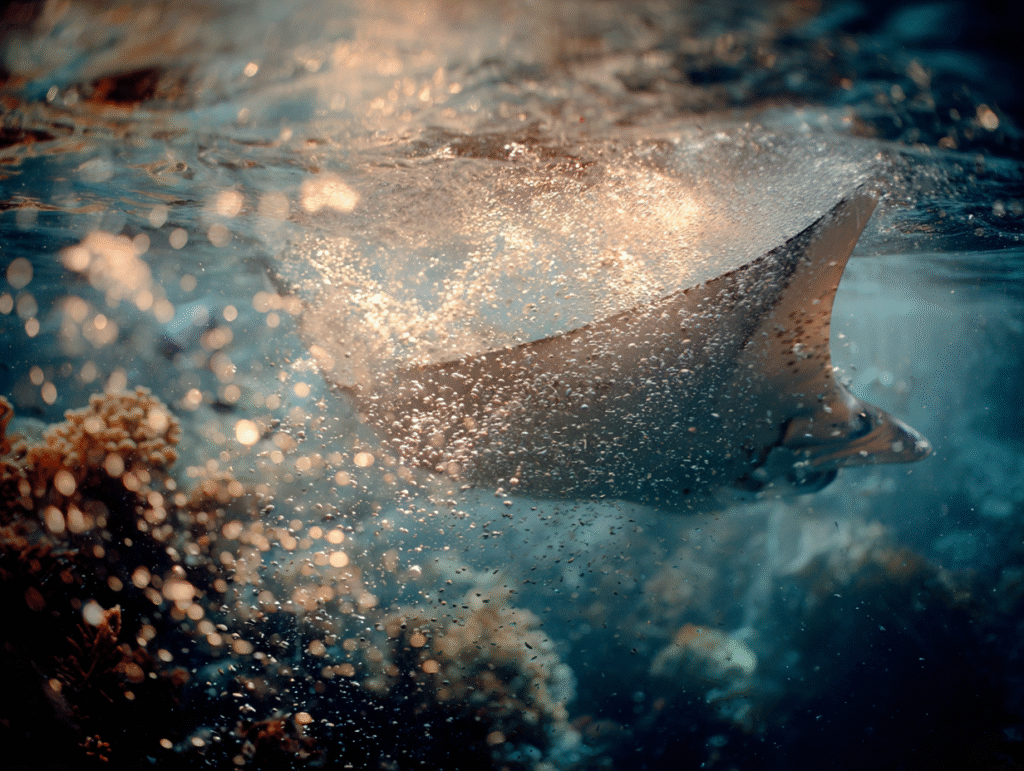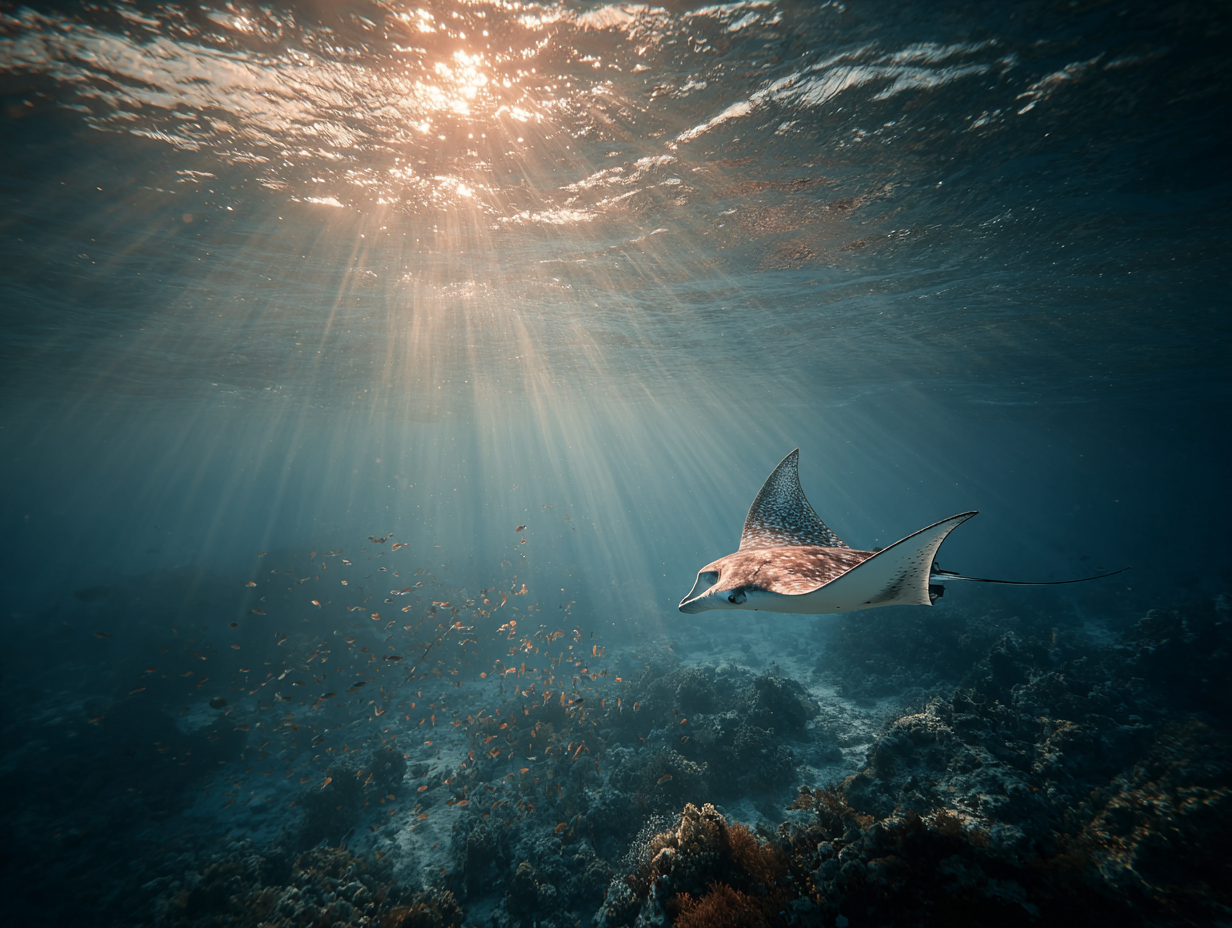Industrial water filtration is currently an OpEx drain. This case study details the two-stage Mimétique Code solution: fusing Aquaporin selectivity with Manta Ray fluid dynamics to create a Passive Flow Architecture. The mandate: reduce energy consumption by up to 80% and maximize membrane lifespan for total supply chain resilience.
The Mimétique Code in Dialogue. We are proud to present this audio analysis where top minds confirm our core thesis: the future of industrial filtration is in mimicking life’s selective efficiency, not fighting it with force. This conversation validates the immediate need for the Aquaporin Mandate as a foundational step toward Guaranteed Supply Chain Resilience. Tune in to understand the new standard for water technology
Conceptual Exploration Disclaimer: This strategic analysis in this blog post is a conceptual model, offered for thoughtful discussion as part of our platform for shared learning, not certified professional advice. Any application of these principles is undertaken solely at the user’s risk, as detailed in our full Terms of Service.
I. The Cost of Brute Force: The Industrial Filtration Paradox
Traditional industrial water treatment and filtration systems—particularly those using Reverse Osmosis or cross-flow membranes—are plagued by two major, interconnected financial liabilities: high energy consumption (OpEx) and constant membrane fouling (maintenance CapEx).
This is the Industrial Filtration Paradox: To push water through the tight pores of a synthetic membrane, systems rely on brute mechanical force (high pressure pumps). This energy-intensive process drives up operational costs and is environmentally unsustainable. Furthermore, this high-pressure flow constantly pushes particulate matter into the membrane pores, causing clogging and fouling that drastically shortens the membrane’s lifespan, necessitating costly maintenance and replacements.
The market urgently needs a solution that achieves the necessary purity without this energy and maintenance trade-off. We must move beyond the brute-force model and transition to a system built on selective, passive efficiency.
II. The Mimétique Code: Nature’s Energy-Free Channels
The solution to the Filtration Paradox lies not in stronger pumps, but in understanding how life itself moves water.
We adopt the Mimétique Code by studying two biological strategies:
- The Aquaporin Principle (Purity & Selectivity): Every living cell, from algae to human, uses Aquaporin proteins as water channels. These proteins are nature’s own selective membranes, allowing H2O molecules to pass through at incredible speeds while physically blocking nearly all other substances, all with zero external energy input.
- The Manta Ray Principle (Fluid Dynamics & Anti-Clogging): Mobula rays (Manta rays) are large filter feeders that process massive volumes of water without their gills clogging. Their specialized internal plate structure creates a vortex (a mini water tornado) at the filter entrances that efficiently directs food particles away from the filtering surface while allowing clean water to pass.

The Naturemimétique mandate is to translate these two systems—the Aquaporin channel’s selectivity and the Manta Ray’s fluid dynamics—into a single, integrated industrial filter architecture.
III. The Integrated Solution: An Engineered Roadmap
The Naturemimétique solution is to fuse the Aquaporin and Manta Ray principles into a modular, two-stage industrial system, achieving filtration efficacy while dramatically lowering operational costs. We call this the Passive Flow Architecture (PFA).
1. Stage One: The Anti-Fouling Pre-Filter
This stage solves the Maintenance CapEx issue by eliminating clogging, inspired by the Manta Ray.
- The Design: A modular pre-filter lined with Manta Ray-inspired plates or vanes. These structural elements are engineered to generate an internal vortex fluid dynamic (a miniature internal water-tornado).
- The Function: The vortex pushes larger particles and bio-foulants away from the filtering surface, constantly sweeping them toward a separate waste stream.
- The Benefit: The upstream pre-filter protects the delicate final membrane, extending its lifespan by an estimated 3X and slashing maintenance costs.
2. Stage Two: Zero-Energy Selectivity
This stage solves the Operational Energy (OpEx) issue by using the Aquaporin protein channel principle.
- The Design: The water now enters the final membrane system, which conceptually represents technology similar to Aquaporin Inside®—synthetic membranes embedded with biological water channels.
- The Function: These channels allow water molecules to pass through at an accelerated rate via osmotic pressureand concentration gradients (passive energy), rather than requiring high-pressure pumps (mechanical energy).
- The Benefit: This dramatically reduces the required mechanical pressure for a specific flow rate, decreasing energy consumption by a projected 60% to 80% compared to standard reverse osmosis.
IV. The Strategic ROI: Maximizing Capital Efficiency
The fusion of the Aquaporin and Manta Ray principles delivers immediate and quantifiable financial returns for any industrial operator or Head of Sustainability:
- 60% to 80% Reduction in Operational Energy (OpEx): The shift from brute-force pumps to passive, channel-driven filtration immediately translates into lower electricity bills and a smaller carbon footprint.
- Maximized Membrane Lifespan (Lower CapEx): The anti-fouling Passive Flow Architecture protects the most expensive component—the final membrane—leading to fewer replacements, reduced maintenance labor, and predictable long-term asset value.
- Guaranteed Supply Chain Resilience: The technology ensures a reliable, high-purity water source that is less vulnerable to energy price spikes and external environmental pollutants.

Leave a Reply